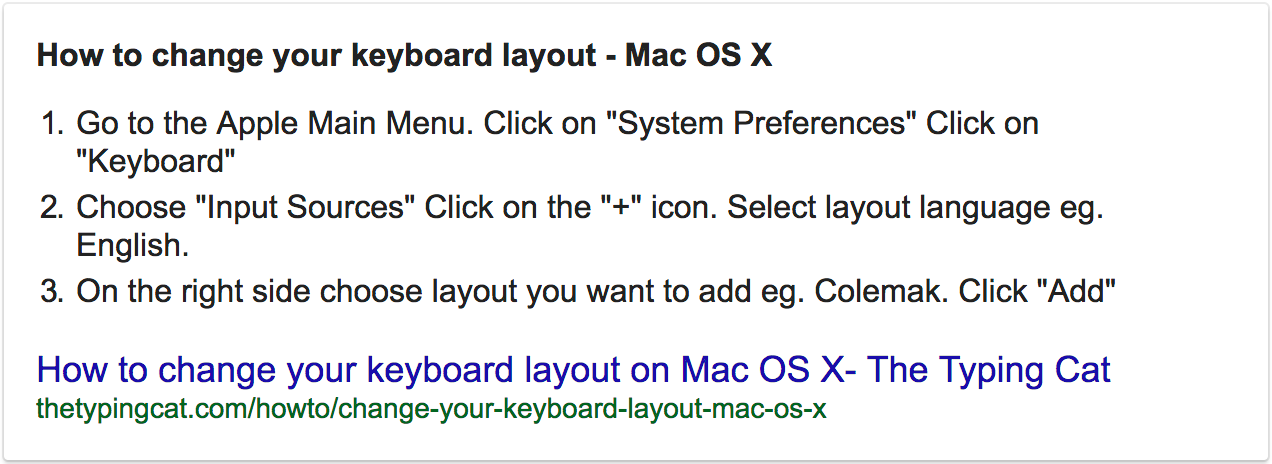From QWERTY to Colemak
It’s now been nearly six years since I switched from typing in QWERTY to typing in Colemak.
QWERTY is the layout that all keyboards today follow - from typewriters to PCs and Macs to your phone’s keyboard. It’s called QWERTY because the top row of letters starts with Q, W, E, R, T, Y, and so on.
Colemak, however, is an alternative keyboard layout designed for typing efficiency. Here’s what it looks like:
Typing efficiency means many things, but a principal metric that alternative keyboard layouts try to optimize is the distance your fingers and hands have to travel. It’s not clear why QWERTY developed the way it did, but on an efficiency basis, it’s terrible.
However, beginning with Dvorak in 1936, new keyboard layouts began to be developed and have since become popular in small communities. I first learned about alternative keyboard layouts from Matt Mullenweg, a Dvorak enthusiast.
Here are the critical efficiency differences between QWERTY, Dvorak, Colemak, and others.
How I learned Colemak
The first thing I did was add the Colemak keyboard to my computer. Here’s how to do it on a Mac:
Here’s how to add Colemak to Windows
Once I had the keyboard up and running, I initially spent 20-30 minutes each evening going over the (excellent) free learn Colemak in 9 days program. I also saved the following handy keyboard layout graphic from Colemak.com that I had open while practicing.
It took me a month to get comfortable typing on Colemak without referencing the graphic above and another month to get my speed up to 60+ wpm.
Resources
Observations
From the beginning, typing in Colemak felt comfortable, and this is particularly true now that I have so much practice. But on the other hand, I never felt uncomfortable typing in QWERTY before learning about alternative keyboard layouts, so this may be a post-rationalization.
If you’re not already a touch typer, switching to Colemak forces you to become one because all keyboards (except fancy mechanical keyboards) come in QWERTY.
I can type quite fast in Colemak - around 85 WPM. But it’s much harder for me to type in QWERTY now - a quick speed test only put me at 40 WPM, and typing in QWERTY was mentally straining.
The world runs on QWERTY and likely always will. Typing in Colemak on your computer is fine, but using another’s is slow and frustrating. If you have to use other people’s computers often and you’re committed to learning Colemak, you’ll have to spend time practicing QWERTY to keep your speed and comfort levels reasonable.
If I could go back, would I make the switch again? Probably. But the immediate benefits for someone like me - a fast QWERTY touch typer already - are smaller than I thought they would be.
I’d recommend learning Colemak (or another alternative keyboard layout) if you’re genuinely interested in it, but I wouldn’t expect considerable short-term benefits unless you’re not a touch typer already.
Of course, most of us will be typing for the rest of our lives, so taking the long-term view makes Colemak, and other alternative keyboard layouts look even better. Give it a try!




